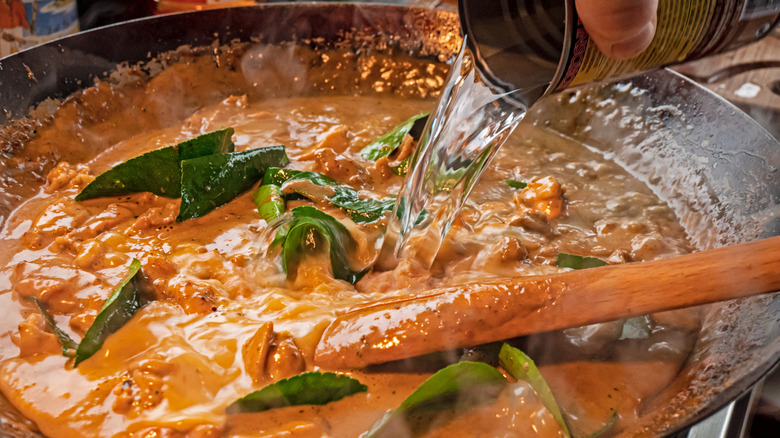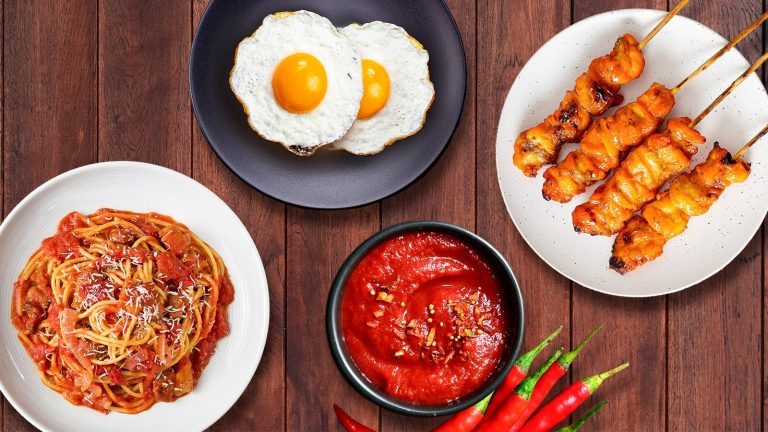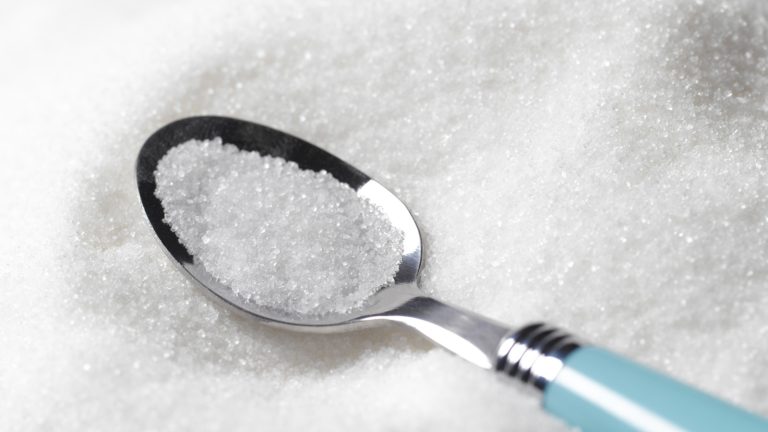When preparing a meal, one might wonder how to perfect all of the moving pieces. For example, how to perfectly roast your vegetables (add cornstarch for an extra crunch) or properly sear your steak are probably top of mind. What about the sauce, though? It is, after all, the thing that ties your dish together, turning a humble plate of pasta into a full meal, taking your steak to new heights entirely, or bringing out complexities in your food that might otherwise seem impossible.
Properly preparing your sauce is vital, and luckily, we got a few key sauce tips from an expert on the topic. Tonny Coppernoll is the executive chef at Rouser, a cutting-edge restaurant in the burgeoning food scene in Salt Lake City, Utah. Needless to say, Coppernoll knows his way around a sauce, and he knows one reason why you might want to keep the lid off of your saucepan while it’s cooking.
Chef Coppernoll told us exclusively that “if you’re aiming to keep the same consistency but want to enhance the flavors without losing moisture, you should cover it.” However, this isn’t a one-size-fits-all rule. “It really depends on the consistency you’re going for,” he said. “If you cover the sauce, it traps moisture and slows down the reduction, keeping it thinner. If you leave it uncovered, the liquid will evaporate, allowing it to thicken and concentrate the flavors more.” Trapping the evaporation in with a lid will allow the flavors to fully meld without too much reduction. So if you’re hoping for a thinner, but still flavorful sauce, keep your pot covered.
How to properly thin your sauce
This is pretty solid guidance that chef Tonny Coppernoll shared; after all, finding the balance between melding flavors and keeping its consistency can be pretty tricky. What happens, though, if you forget to put the lid back on and your sauce has become too thick? Well, don’t worry. You can still get your sauce to the perfect consistency, and all you need to do is add in the lost liquid.
Now, you could do this by simply adding water. However, this might dilute the flavor of your sauce. Instead, you can add in a more flavorful liquid: think broth, milk, cream, or tomato sauce. Similarly, if your sauce is too thin, adding a thickening ingredient can help.
Choose a liquid based on the base of your sauce. Broth works well in gravies, while cream or milk might work best in a creamy sauce. You might also want to add in some extra salt and seasoning to balance out the new liquid, and let it simmer for just a few more minutes to ensure that all of the flavors have fully suffused. This way, you won’t have to sacrifice flavor for texture.






